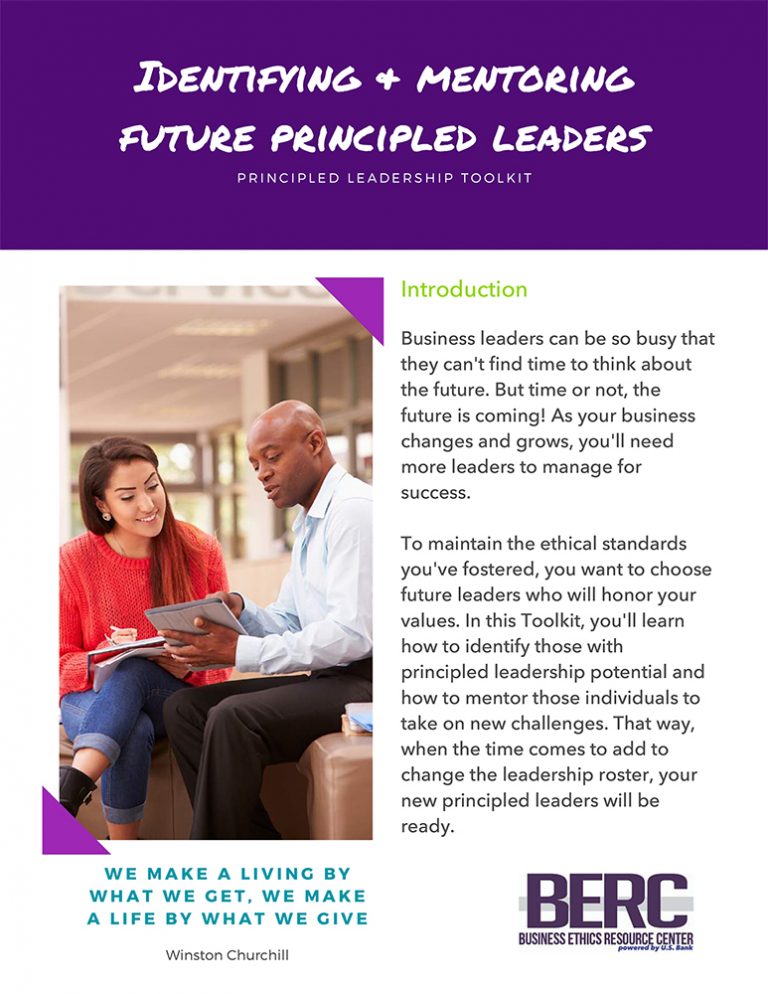
Dealing with ethical issues can be perplexing. How, exactly, should we think through the alternatives? What questions should we ask? What factors should we consider? Classic ethical reasoning methods suggest that once we have ascertained the facts, we should ask ourselves five questions when trying to resolve an ethical issue:
- Who are the stakeholders? What are their interests in this matter? Do those interests conflict?
- What virtues are at play in dealing with the ethical dilemma? (Virtue Ethics)
- What benefits and harms will each course of action produce on the stakeholders? Which alternative course of action will lead to the best overall consequences? (Utilitarianism)
- What moral rights do those directly affected have? What are my duties to them? (Kantian Rights)
- Which course of action treats everyone the same, except where there is a morally justifiable reason not to, and does not show favoritism, discrimination, or other biased behaviors? (Justice)
In commenting on ethical decision-making, the Markkula Center for Applied Ethics at Santa Clara University points out that they do not provide an automatic solution to ethical dilemmas. It is not meant to. The reasoning is merely meant to help identify most of the important ethical considerations. In the end, we must deliberate on these issues for ourselves, keeping a careful eye on both the facts and on the ethical considerations involved. We should draw on the elements from each reasoning method that make the most sense in the particular situation. We should not select just one method and ignore the others since there may be more than one right answer.
The ethical decision making process described below provides a foundation for systematically reasoning through ethical dilemmas and summoning up the courage to act on one’s ethical intentions.
1. Gather the relevant facts. What are the relevant facts? Be sure to listen to all parties in deciding on a course of action.
2. Recognize an ethical issue (moral awareness). Generally, ethical issues exist whenever we are dealing with right versus wrong behavior; good versus bad.
3. Who are the stakeholders and what are their interests? Who will be affected by the decision? What are their concerns? Do their interests conflict?
4. Identify alternative courses of action. What can and cannot be done?
5. Analyze alternatives using ethical reasoning methods (moral judgment). Evaluate the ethics of each alternative. Determine which ethical considerations best address the dilemma.
6. Decide on a course of action.
7. Apply rational tests to the decision as a final step* (moral motivation).
Intuition test. If you have an uneasy feeling about the decision or course of action, chances are you are not 100 percent convinced it’s the proper course of action.
Front-page test. Ask how you would feel if your decision made it to the front page of the local newspaper. If you feel uncomfortable about it, then you should consider choosing another alternative.
Intuition test. If you have an uneasy feeling about the decision or course of action, chances are you are not 100 percent convinced it’s the proper course of action.
Family test. How would you feel if a member of your family knew what you were about to do? Would you be proud to defend it?
8. Take action (moral action). It’s time to act. Maintain moral courage throughout the process. Make sure your behavior matches your beliefs about right and wrong; good and bad.
Ethical behavior is a complex matter because stakeholder interests often conflict, ethical values are unclear, benefits and harms are difficult to evaluate, and the rights of one group might interfere with the rights of others. An ethical decision-making process as described above provides a roadmap to ethical behavior.
By: Steven Mintz.
This article was originally published on Ethics Sage on January 29, 2019. Used by kind permission of Ethics Sage and Steven Mintz.
* This part of the model is taken from: Kidder, R.M. (1995). How good people make tough choices. New York, NY: Simon & Schuster, 272 pp.


